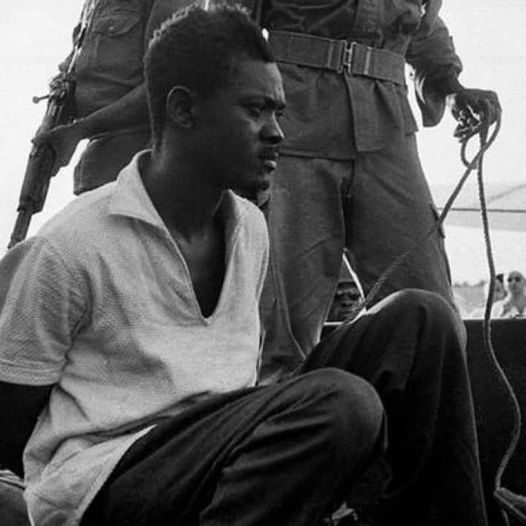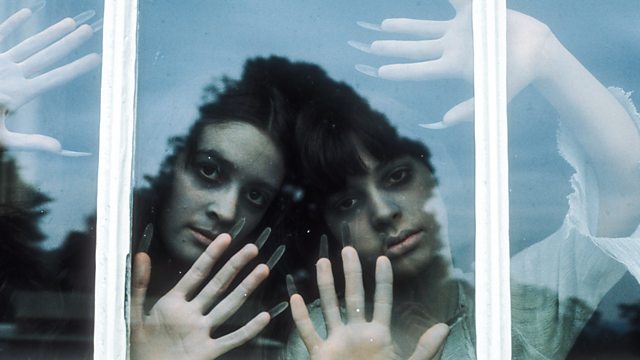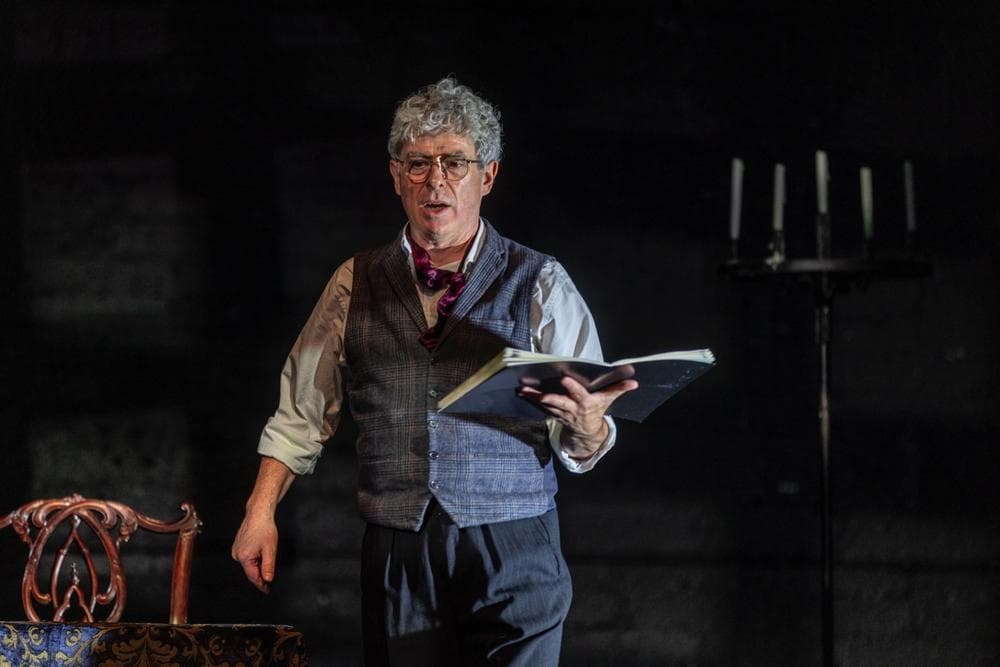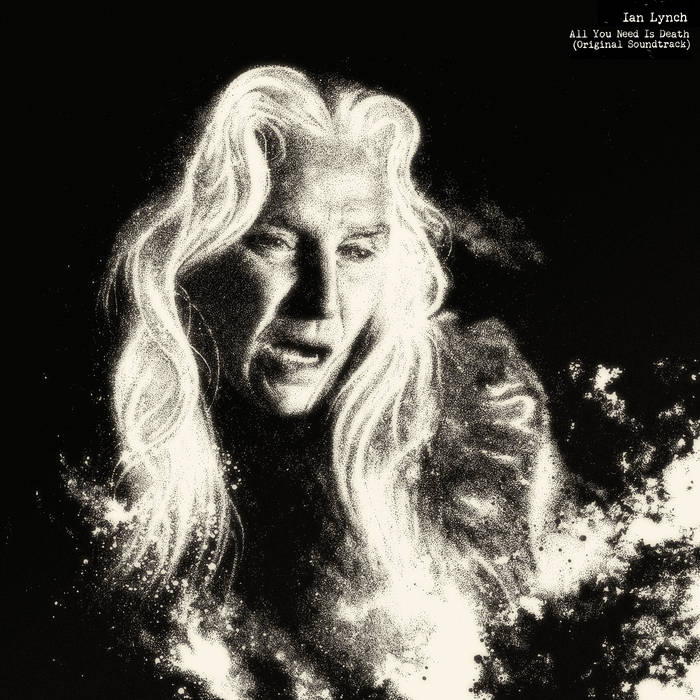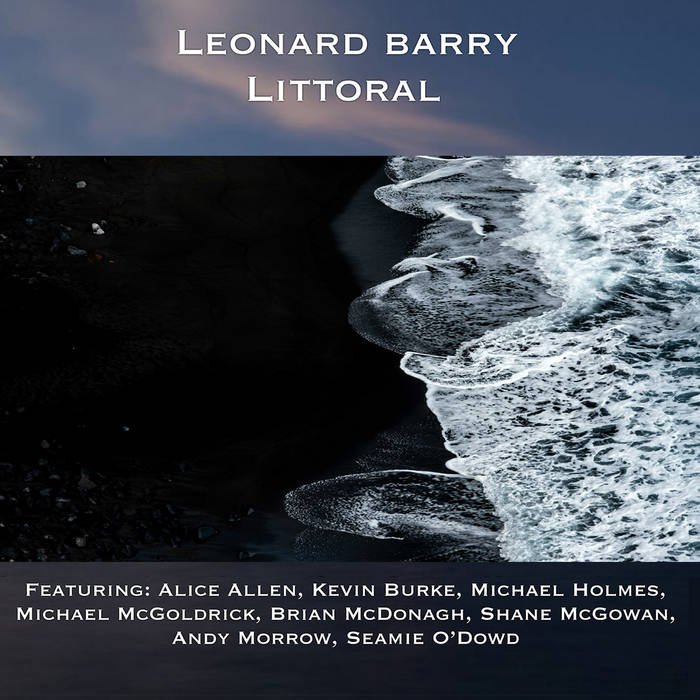Star Wars (1977)
The IFI had this idea of showing films from series sequentially each Saturday morning in emulation of the cinema serials of yore (but sadly did not preceed each screening with an episode of Flash Gordon or King of the Rocket Men). I took the opportunity to see this one on the big screen, even though it was the CGI bullshit version rather than the now buried original release. It's still a fun film and watching does transport me back to when I saw it first. And it features many exciting musical moments, of which the greatest is probably the opening 20th Century Fox fanfare and the switch from that to John Williams' main theme, with the opening salvo an orchestral stab to rival the popular ORCH5 sample. Beyond that there are lot of Wagnerian leitmotivs but the most memorable musical bits are probably the jizz [sic] band in the Mos Eisley spaceport and then the bombastic medal ceremony music.
While I liked the film well enough I did not bother going to any of the sequels or prequels. Star Wars itself is by far the best and the endless attempts to milk the intellectual property have sucked much of the enjoyment from the other ones.
The Long Goodbye (1973)
This is the Robert Altman cat film in which Elliot Gould plays a guy who owns a cat who pisses the cat off by getting it the wrong cat food in a scene that will resonate to all cat owners.
The cat guy is also private detective Philip Marlowe and the film is an adaptation of a Raymond Chandler novel in which Marlowe is caught up in a complicated caper involving an old friend in trouble, gambling debts, murder, and so on. Only unlike the olde Humphrey Bogart films this is the 1970s and Marlowe is schlebbing through a world where everyone else has given up smoking and the dames are into space cake and yoga. It's also scripted by Leigh Brackett, previously the queen of space opera in the pulp era before moving successfully into screenwriting (she famously wrote the first draft of The Empire Strikes Back, following extensive discussions with George Lucas).
Brackett isn't the only link to Star Wars, as John Williams also did the music for this one. The older tune "Hooray for Hollywood" also features but mostly we get endless re-arrangements of the title track (by Williams and Johnny Mercer): initially sung over the opening credits, then as muzak in the supermarket, then being sung by some guy rehearsing in a bar Marlowe uses as an office, later being played by a Mexican marching band, and so on. Apparently this was Altman's idea and it suggests a certain drift into surrealism but I wonder if it also was a way of saving money.
Arnold Schwarzenegger also features. He does not make any music but at one point he starts to take off his clothes.
Soundtrack to a Coup d'Etat (2024)
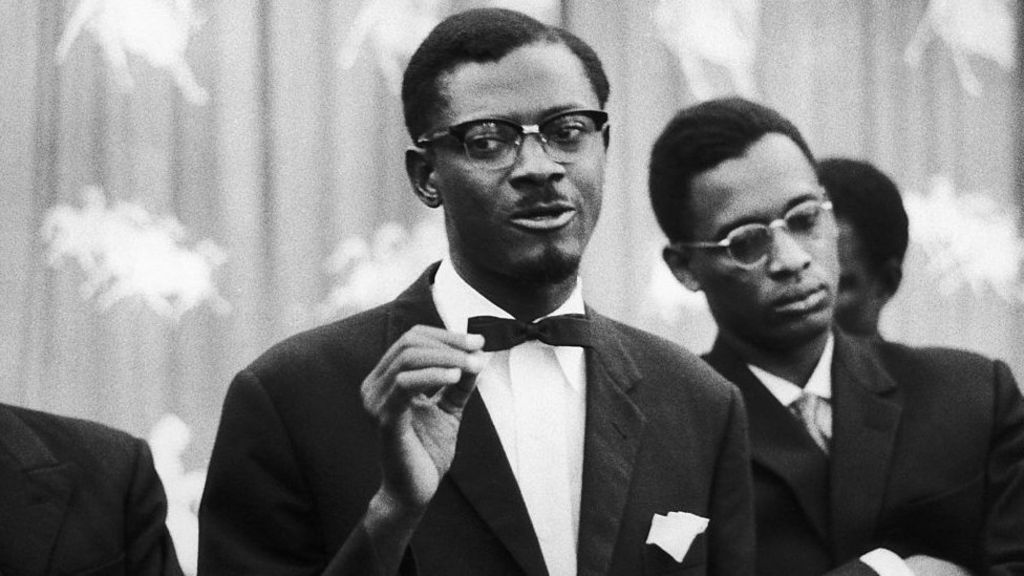 This is a documentary about the coup that overthrew Patrice Lumumba, the first prime minister of the Congo. But it's got a lot of jazz music in it, as it tries to link the move towards Congolese independence and its aftermath with progressive jazz currents in the United States and also with jazz musicians being used as foot soldiers in the cultural Cold War. It is an odd film in any number of ways. I am not entirely convinced that director Johan Grimonprez successfully knitted together the jazz and Congo strands of the film, but as they are both subjects I am broadly interested in this was not particularly a problem for me. It is also formally interesting in that instead of having a load of talking heads appearing on screen to explain stuff it instead almost entirely featured archive footage, with onscreen text explaining stuff where necessary, combined with voiceover narration from the memoirs of various players in the Congolese tragedy (including our own Conor Cruise O'Brien, from back when he wasn't a reactionary, with excerpts from his book about the Congo read by his son Patrick).
This is a documentary about the coup that overthrew Patrice Lumumba, the first prime minister of the Congo. But it's got a lot of jazz music in it, as it tries to link the move towards Congolese independence and its aftermath with progressive jazz currents in the United States and also with jazz musicians being used as foot soldiers in the cultural Cold War. It is an odd film in any number of ways. I am not entirely convinced that director Johan Grimonprez successfully knitted together the jazz and Congo strands of the film, but as they are both subjects I am broadly interested in this was not particularly a problem for me. It is also formally interesting in that instead of having a load of talking heads appearing on screen to explain stuff it instead almost entirely featured archive footage, with onscreen text explaining stuff where necessary, combined with voiceover narration from the memoirs of various players in the Congolese tragedy (including our own Conor Cruise O'Brien, from back when he wasn't a reactionary, with excerpts from his book about the Congo read by his son Patrick).
The films is also pretty long (150 minutes), which might put off some people. However the Congolese content is fascinating and I think something people ought to be more familiar with, while the jazz footage is amazing and worth a trip to the cinema on its own, and not just for how funny Dizzy Gillespie is.
 For me the two most striking moments in the film were non-musical. Firstly we had Belgium's King Baudouin arriving in Kinshasa (then probably still called Leopoldville) to mark the Congo's independence. At a formal ceremony Baudouin delivers a tone deaf speech pitching Congolese independence as the culmination of the great work of his predecessor, King Leopold II, who took over the Congo and ran it as a giant gulag for his personal enrichment, instituting a regime of such brutality that I sometimes think its main purpose was to make British and French colonial regimes look good by comparison. Lumumba launched an impromptu rebuttal denouncing imperialism, leading Baudouin to mutter to an aide "Is he [i.e. the Congolese prime minister] meant to be speaking?". What makes this all the more fascinating is Baudouin's physical resemblance to Ireland's own Enoch Burke.
For me the two most striking moments in the film were non-musical. Firstly we had Belgium's King Baudouin arriving in Kinshasa (then probably still called Leopoldville) to mark the Congo's independence. At a formal ceremony Baudouin delivers a tone deaf speech pitching Congolese independence as the culmination of the great work of his predecessor, King Leopold II, who took over the Congo and ran it as a giant gulag for his personal enrichment, instituting a regime of such brutality that I sometimes think its main purpose was to make British and French colonial regimes look good by comparison. Lumumba launched an impromptu rebuttal denouncing imperialism, leading Baudouin to mutter to an aide "Is he [i.e. the Congolese prime minister] meant to be speaking?". What makes this all the more fascinating is Baudouin's physical resemblance to Ireland's own Enoch Burke.
And then there is the last known footage of Patrice Lumumba. Lumumba was overthrown in a coup thanks to the machinations of the Belgians and the CIA, with the British security services and UN secretary general Dag Hammarskjold playing their evil parts too. The footage shows him just before he is about to be bundled onto a plane and flown from the capital to a region controlled by Belgian-backed faux separatist to be tortured and then executed by a firing squad commanded by Belgian officers. Lumumba was always a sharp dresser with great charisma, and even here, as he sits dejected in a white shirt while his guards stuff pages from one of his speeches into his mouth, he exudes a defiance that seems to diminish his enemies.
images:
Patrice Lumumba with his future successor, Joseph Mobutu (BBC: Patrice Lumumba - Why Belgium is returning a Congolese hero's golden tooth)
King Baudouin (Wikipedia)
Patrice Lumumba bound (IPOB Ontario: Last letter from Patrice Lumumba, First Prime minister of Congo (born in 1925, assassinated by Belgium and its Western allies in 1961) to his wife)
